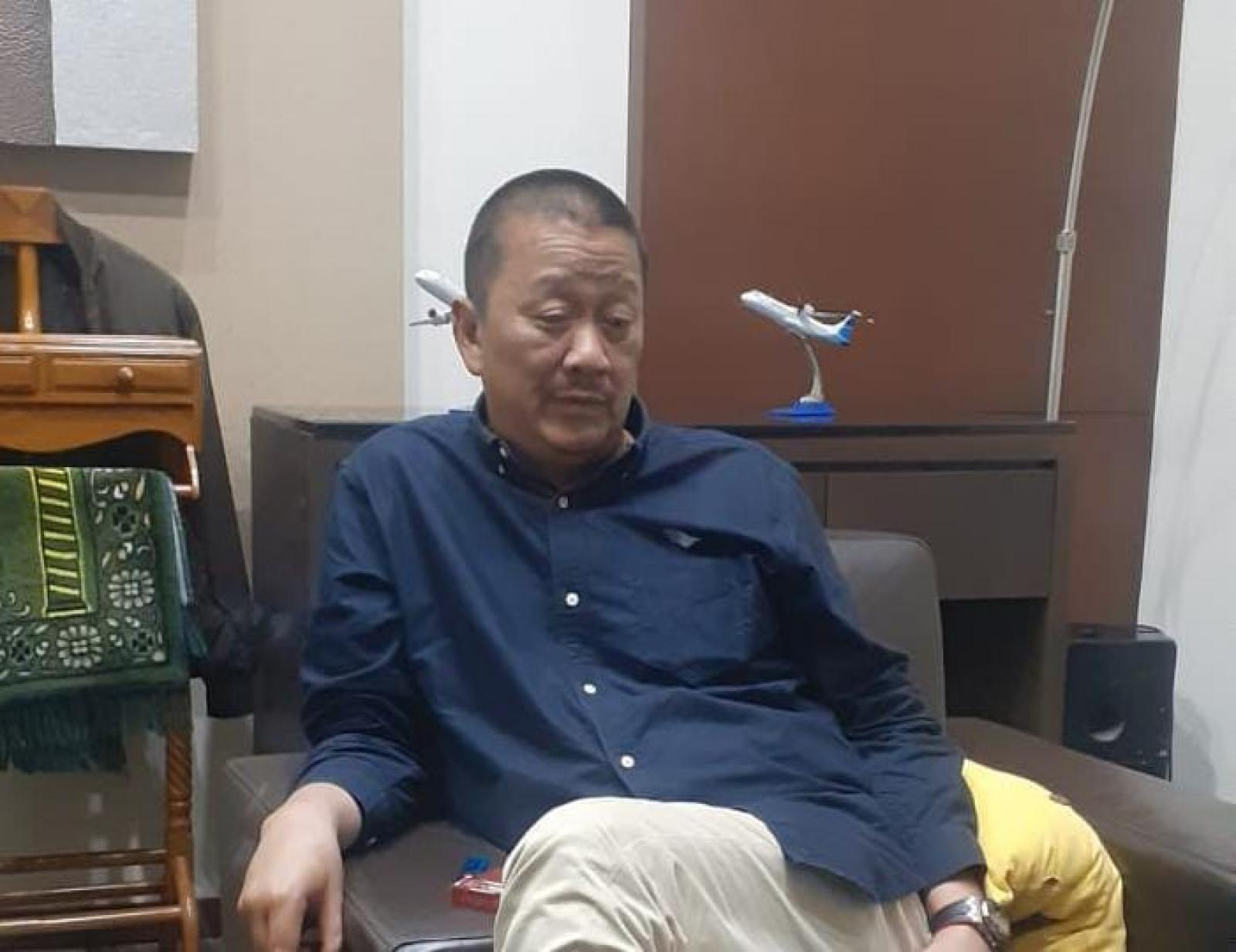Irfan Setiaputra: Garuda Indonesia will gain profit and no longer burdens the public

JAKARTA - PT Garuda Indonesia (Persero) Tbk (GIAA) is implementing several strategies to gain profit after its debt restructuring scheme in relation to its Suspension of Debt Payment Obligation (PKPU) in the Central Jakarta District Court. Those strategies include adding the number of flights, utilising passengers and cargo, improving subsidiaries’ health, and expanding business in line with the airline business.
Irfan Setiaputra, President Director of Garuda Indonesia, said that the booked profit results from the cancellation of debts from the debt restructuring scheme. “However, when we were negotiating in PKPU, it was not only debts, but also the price of lease. We cannot negotiate on aviation fuel price,” he said during a conversation with IDNFinancials yesterday (18/7).
According to Setiaputra, the debt restructuring of Garuda should highlight the root of the problem, which is the overpriced plane leasing cost within the airline industry. Therefore, his party negotiated the price of the plane lease to be able to compete healthily with its competitors. “When the negotiation of the price of the place is not met, they (the leasing party) take over the planes,” he added.
After the debt restructure, Garuda’s fleet is only half what it was before. Some of the remaining planes cannot be operated immediately as they must be renovated after being grounded for too long. The number of planes now clock up to 68 units from the initial 112 planes.
GIAA will focus on scoring profit by enhancing the frequency of the flights. The increased number of flights will be accompanied with flight time that is close to or exceeds the standard in the flight industry. For example, for Boeing 737, the flight time lasts 9 hour per day.
“Within those 9 hour-per-day flight, we did not “just” fly. There is also a variable cost to be considered, which is the aviation fuel price. Thus, we can secure the flight time target, the plane utilisation, and the load at a fair price point,” Setiaputra said.
According to Setiaputra, his company has its own commercial formula for each flight route in order to secure the minimum level that should be attained by the company. The target will be fulfilled as the number of planes, number of flights, and number of routes increase.
Setiaputra said that internally, the formula of each flight route is currently being reviewed by the board of commissioners, resulting in the statement saying that the smallest component of the profit in the airline industry is profit per route. “We have this blue book. Let’s say, for a charter flight, when we seek profit, there is a certain formula for that,” he said.
If the formula for each flight route has been implemented, yet the numbers do not match, the company will review the performance, including replacing the general manager (GM) responsible for said route or closing down the route if necessary. “If this could be highlighted and bring profit, our top line should be positive,” Setiaputra said.
The next strategy of GIAA is to improve all subsidiaries so that they do not induce any negative effects, as well as seeking other income sources that are in line with the core business to generate additional profit. “We promise the public that we will continue to be a company that makes them proud, but not like it used to be, by flying everywhere with various types of planes. We will become a profitable company and do not burden the public,” Setiaputra added. (LK/ZH)